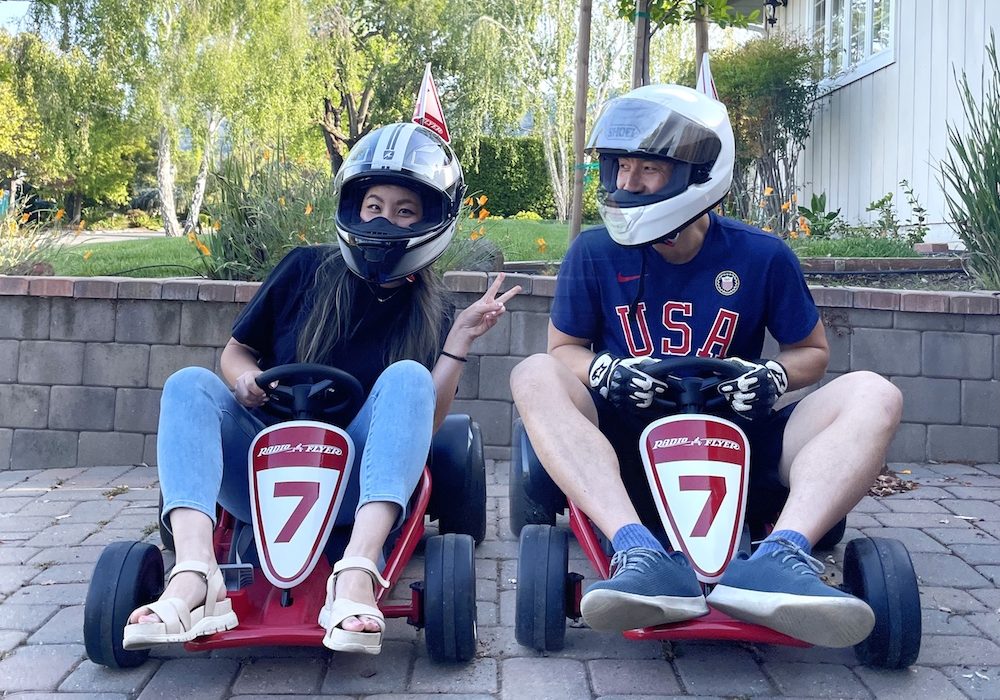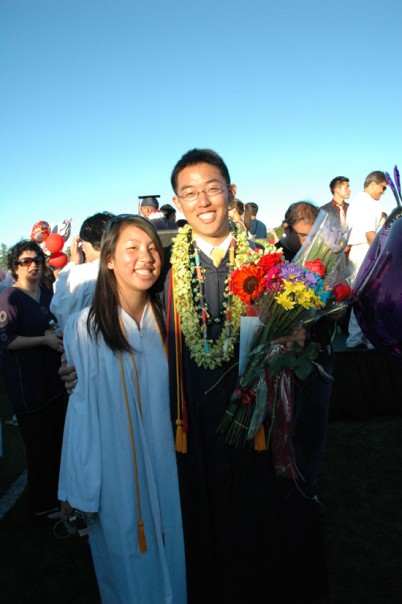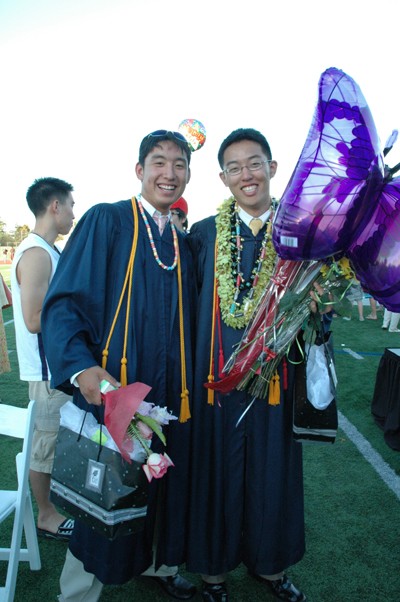April 24, 2022
Formula 1 with Janice & Scott
Description
Dr. Janice Lee and Master of Materials Scott Juang make a pitstop by the studio to drop some high-octane knowledge about the technical aspects, human dramas, and strong necks behind Formula 1 racing.
Episode
Bio
 Scott Juang is a former Global Alliances Manager at Amazon Web Services, a Materials Science engineering graduate from the University of Pennsylvania and a Master of Materials Science from the University of Pennsylvania. Scott is a father of two, and enjoys playing basketball and tennis.
Janice Lee is an orthodontist with offices in Cupertino and Fremont, a microbiology graduate from UC Davis, and DDS + orthodontic graduate from Tufts University. Janice is a fan of the Fast and the Furious franchise, and is an expert at skin care and pie.
Scott Juang is a former Global Alliances Manager at Amazon Web Services, a Materials Science engineering graduate from the University of Pennsylvania and a Master of Materials Science from the University of Pennsylvania. Scott is a father of two, and enjoys playing basketball and tennis.
Janice Lee is an orthodontist with offices in Cupertino and Fremont, a microbiology graduate from UC Davis, and DDS + orthodontic graduate from Tufts University. Janice is a fan of the Fast and the Furious franchise, and is an expert at skin care and pie.
Images




What Jason Learned
Parahawking - the combination of the sport of paragliding + falconry, with the intent to have the falcon guide paragliders to thermals.
What Kelcey Learned
The US has the 13th fastest internet (ranked by download speed) in the world at 55 Mbps, with Liechtenstein placing 1st at 199 Mbps and Hong Kong in 2nd with 112 Mbps.
Top Five Tips for getting into F1 Racing
Fact or Fiction: F1 Edition
Won't You, Haiku?
Formula 1 Lewis vs. Max
Is a thrilling match of wits
I prefer Lando
